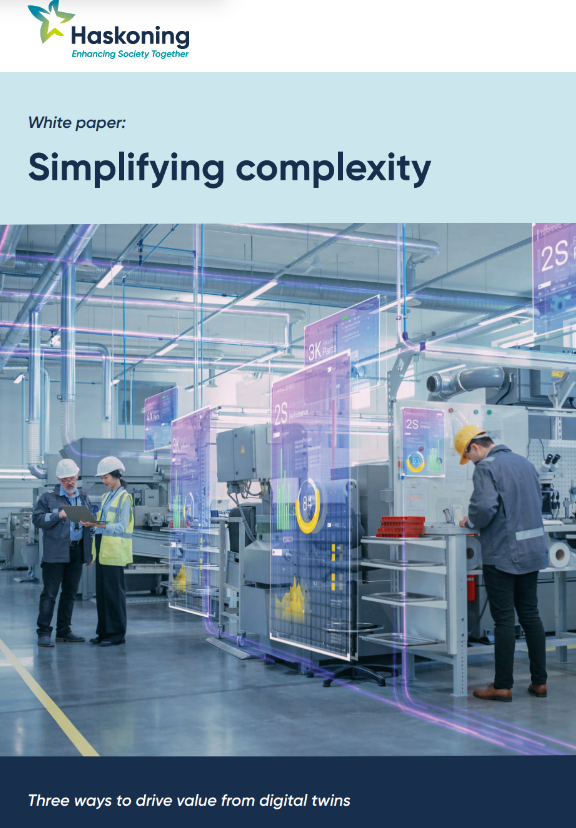Digital twins are dynamic virtual representations of physical assets, processes or systems. They allow us to better understand – and better interact with – the increasingly complex, fast-paced and data-driven world we live in.
Digital twins allow the vast amounts of data being generated to be managed, contextualised and converted to predictions that can inform and guide our decision-making. And interest in these capabilities has skyrocketed. Across the many events we attend and people we speak to, the question isn’t “Do we need digital twins?”, it’s “How do we implement them?”
The process of implementing digital twins can seem daunting. It involves a range of people, processes and technologies, and it has an impact on established ways of working. But the effort is worth it. As one company said, using digital twins yielded a “lottery win reaction” from stakeholders. And we regularly see organisations save millions, earn millions and drive meaningful sustainability improvements using the insights gained from their digital twins.
In this whitepaper, we’ll look at the three most common starting points for organisations considering digital twins – along with how to overcome the blockers inhibiting progress.
Fill out the form below to read the full whitepaper.

